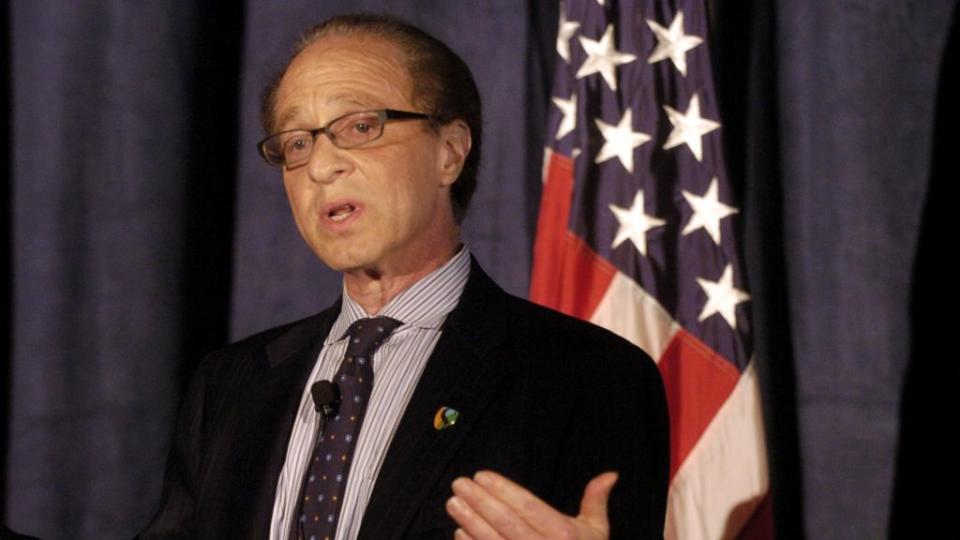The newest high-tech prediction from the Google executive who foresaw the rise of mobile and the cloud

Ray Kurzweil is one of those people whose name is often attended by the vague title “futurist.” An accomplished inventor, who in 2012 became a director of engineering at Google focused on machine learning, he’s well-known for the many predictions he’s made over the years about how technology will shape and transform our lives.
Kurzweil hasn’t always been right, including on the future of clothing, but he has proved surprisingly adept at foreseeing innovations. Mobile computers, aka smartphones, cloud computing, and self-driving cars have been among his prognostications. At The New York Times Global Leaders’ Collective conference last week, Kurzweil made another prediction, this time about how we dress. He believes that within a decade we will widely be 3D-printing our clothes at home, the Times reports (paywall).
“As the variety of materials available to print in 3-D become more extensive and less expensive, both free open-source and proprietary clothing designs will be widely available online in as little as 10 years,” he said. “By 2020 there will be a whole host of product available immediately to buy for pennies on the dollar and to print straight away. It will become the norm for people to have printers in their homes.”
The potential for 3D-printed clothes is something that members of the fashion industry have an eye on. When the Met Costume Institute opened its spring fashion exhibition, “Manus x Machina,” it featured several pieces with 3D-printed elements. Its curator, Andrew Bolton, told Bloomberg that 3D printing has “revolutionary” potential if it’s able to catch hold with a wide audience. “It means you can 3D print your dress to your exact measurements at home,” he said. (Nike’s COO, Eric Sprunk, has similarly envisioned the ability to print sneakers at home.)
Even if that future does come to pass, Kurzweil’s timeline is certainly ambitious. Thus far, 3D printing has not panned out to be the miracle promised. MakerBot, the company that was supposed to bring 3D printing into consumers’ homes, ceased making its own printers this year, as 3D printing has struggled to find a mass consumer audience.
In fashion, the technology has so far been used mostly for avant-garde experiments of the type featured in “Manus x Machina,” but it’s virtually non-existent in mass-market clothing. For all its capabilities, 3D printing at this stage can’t quite replicate cloth. What it does produce tends to look and feel rigid, lacking the softness and drape of traditional woven or knit fabrics, which is why its use in fashion is still mostly relegated to nonpliable items, such as jewelry and footwear.
One of the main challenges to consumers if the technology does ultimately take off would be learning the computer-aided design skills needed to create the products they want. That’s no small feat, and it isn’t hard to imagine consumers still preferring to buy products designed by professionals.
Kurzweil predicts the market would be a mix of free, open-source designs and proprietary ones from brands, which would still guide trends. The big change would be to the way clothes are manufactured, and fashion would see barriers to entry fall as music and media have before.
It would be a massive shift, and hard to imagine taking place inside of a decade. But Kurzweil has never been one to shy away from big ideas.

Sign up for the Quartz Daily Brief, our free daily newsletter with the world’s most important and interesting news.
More stories from Quartz:

 Yahoo Finance
Yahoo Finance 